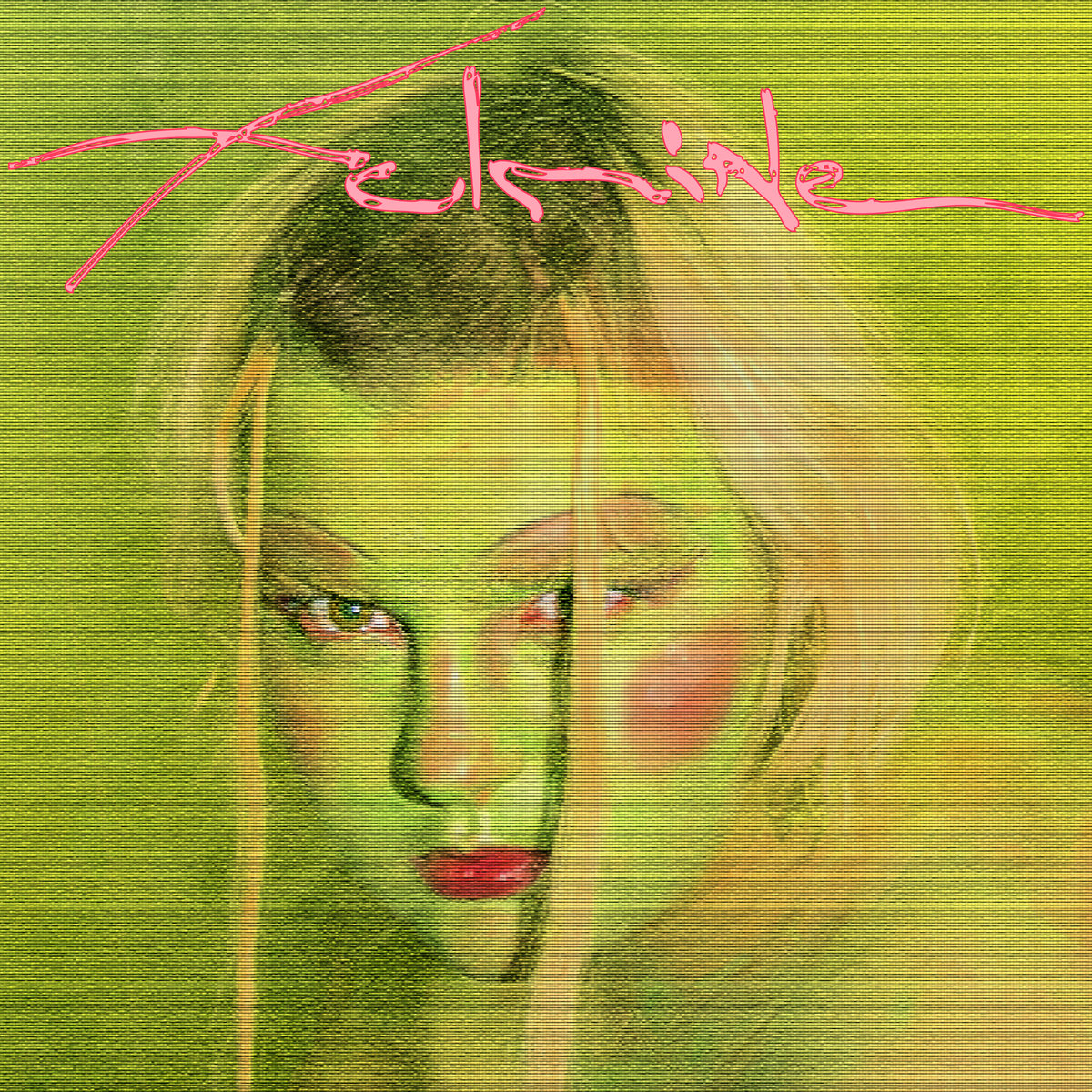︎︎︎ Works
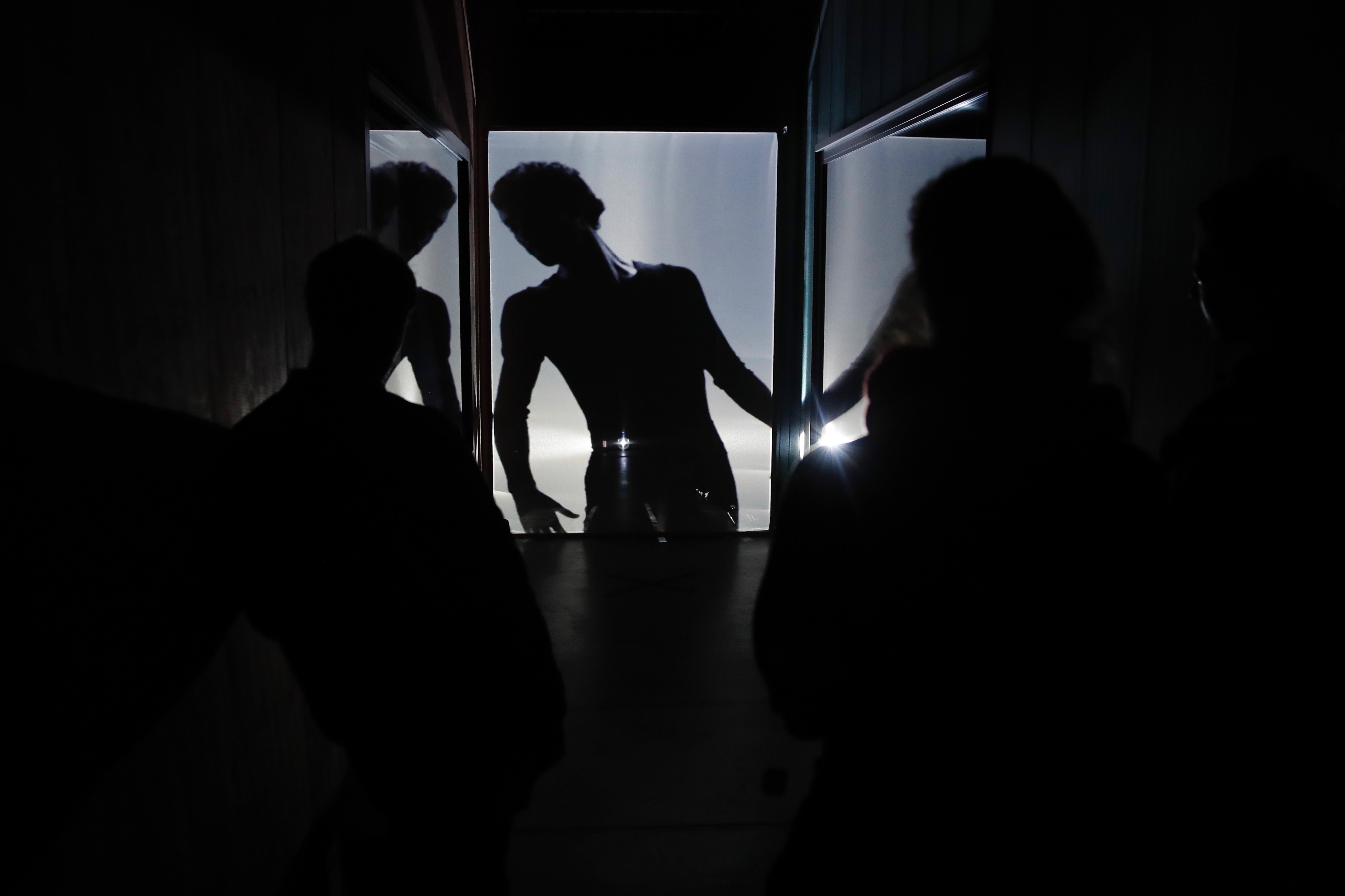

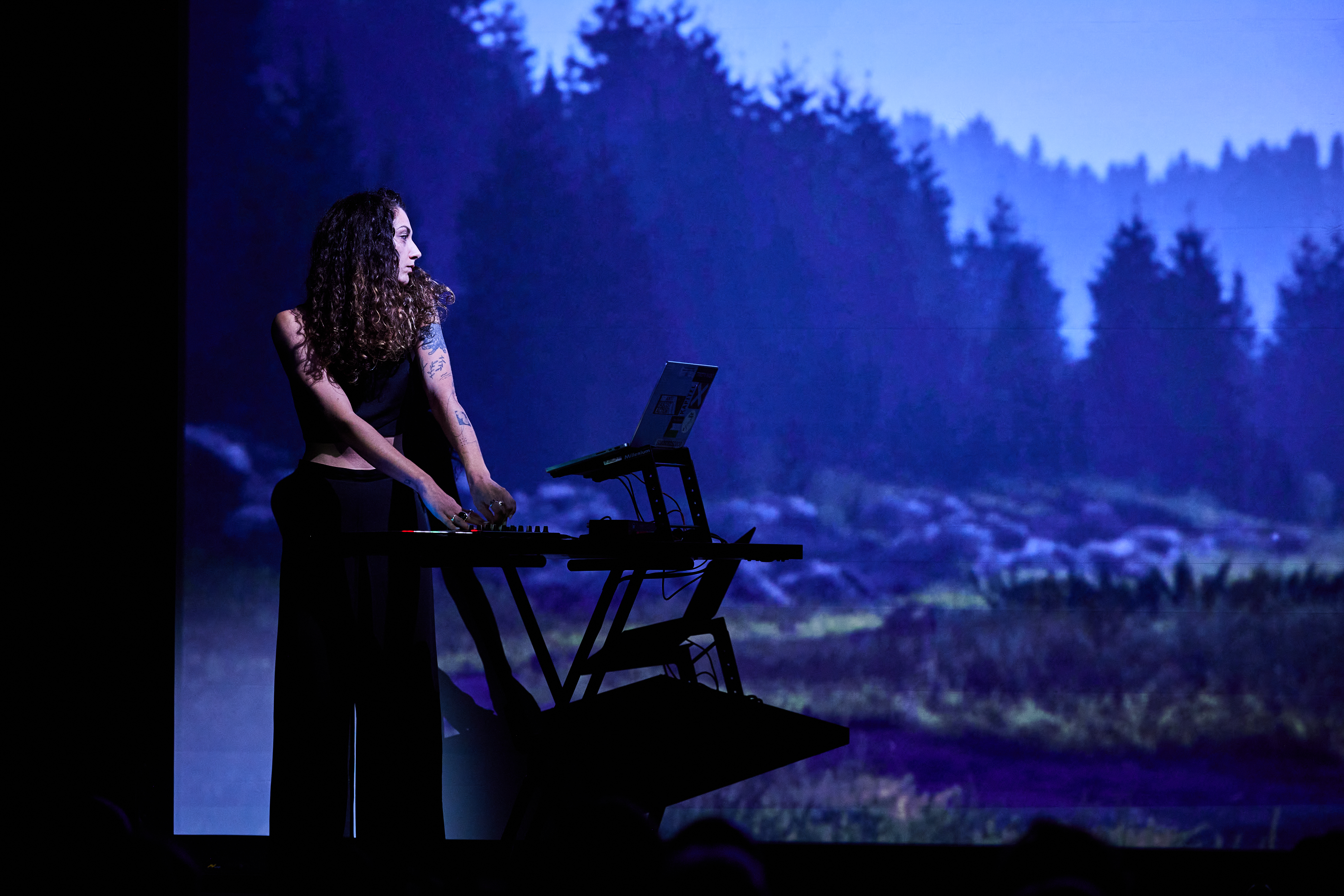
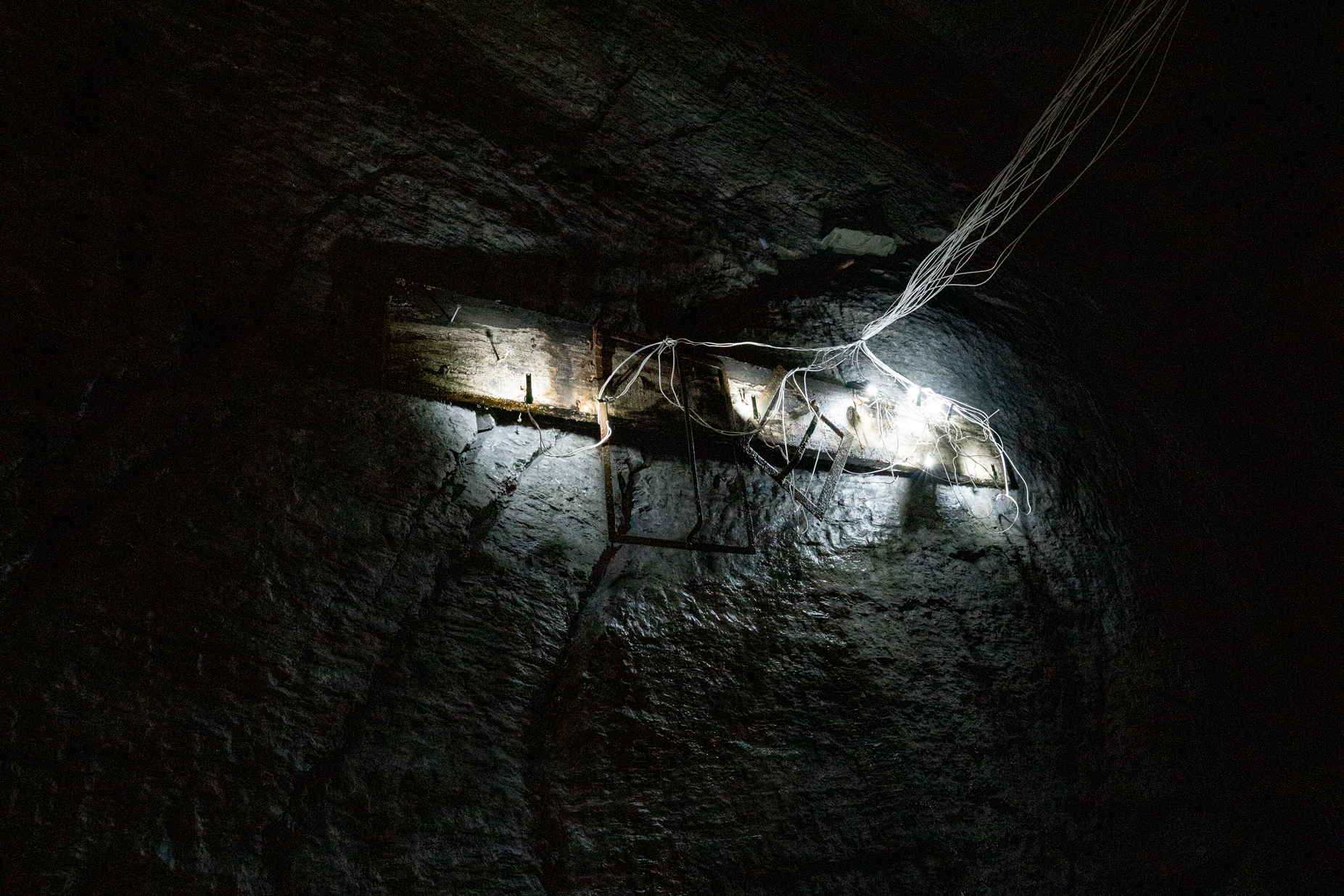
︎︎︎ Discorde
multichannel
semi-interactif
audiovisual
installation
January 18, 2020
Hochschule der Künste, Bern
INSTALLATION CONCEPT & SOUND COMPOSITION
Noria Lilt
IMAGE CONCEPT. VIDEO RECORDINGS & FX
Joana Huguenin
DANCERS
Julia De Martino, Simon Crettol, Hervé Scherwey
PICTURES
Stefan Wermuth
DISCORD is oneiric but disturbingly framing behaviors violating private spheres and safe spaces. Inspired by numerous experiences and testimonies on and from the dancefloor, this installation questions proximity and its discomfort. It denunciates all harassing and invading acts, transgressing the limits of respect and consent, verbally and physically.
This semi-interactive audiovisual installation has been created for 6 speakers, a big vertical mesh screen, and some distance and movement sensors.
This semi-interactive audiovisual installation has been created for 6 speakers, a big vertical mesh screen, and some distance and movement sensors.
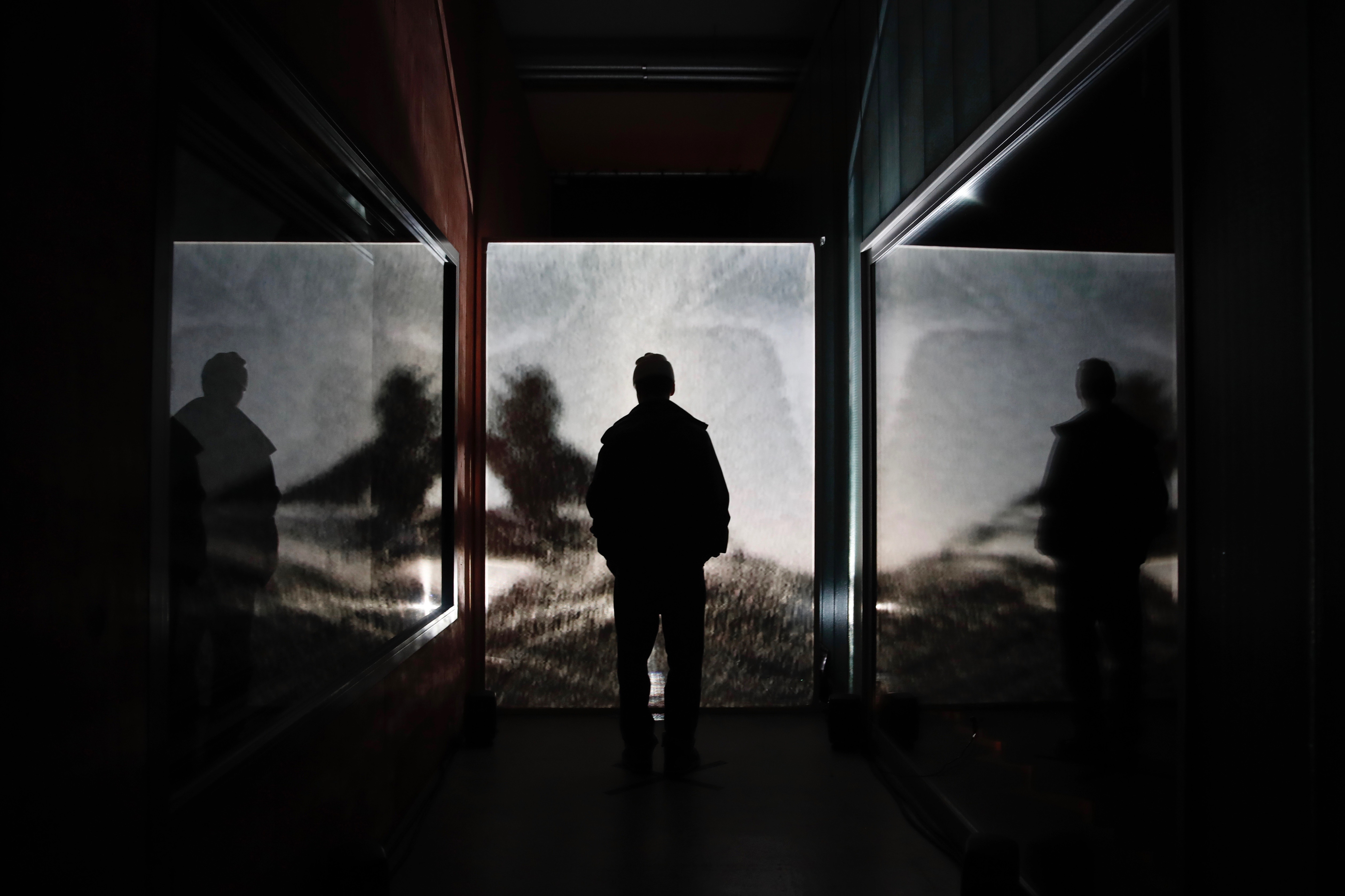


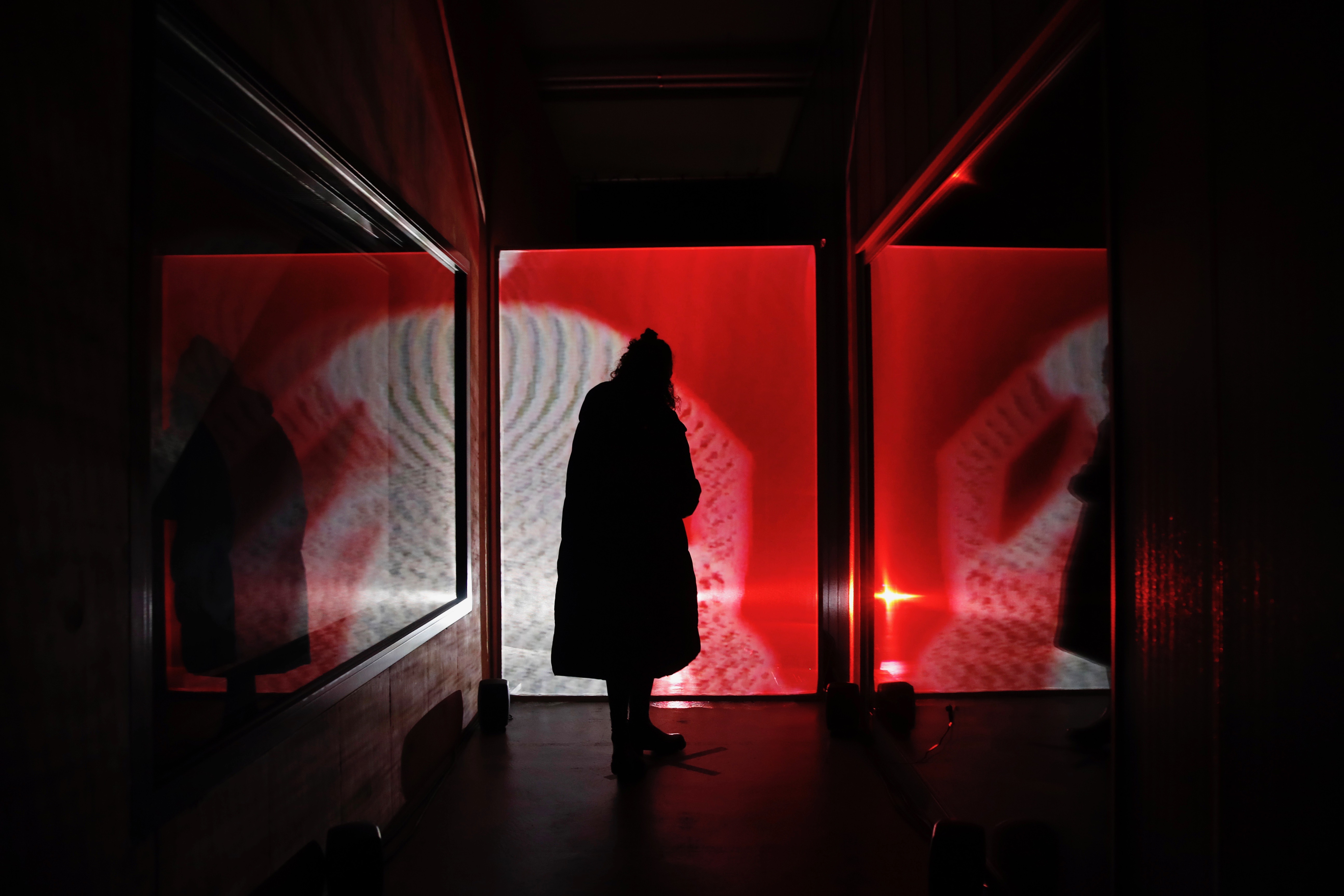
︎︎︎ Incarnation
electronic orison
dance
theater
music
February 17-20, 2022
Museum of Art
and History, Fribourg
CHOREOGRAPHY & DANCE
Nicole Morel
TEXTS&THEATER
Joséphine de Weck
MUSIC
Fiona Rody
DRAMATURGY
Ulrike von Fassmann
SOUND ENGINEERING
Frank Bongni
LIGHT & SCENOGRAPHY
Mario Torchio
COSTUMES
Sefia Semlali
ADMINISTRATION
Juan Diaz
PRODUCTION
Antipode Danse Tanz
PICTURES
Nicolas Brodard
TRAILER
ELIUM
DOCUMENTATION
AUDIO&VIDEO
︎︎︎ on request
Three artists, three disciplines: by combining music, movement and speech, they create a contemporary ritual. A ritual that takes into account both the present and the eternal, that crosses both the ecstatic and the contemplative. A ritual that goes beyond the profane and carries us away. In this cohabitation, the large intertwines with the small, the abstract with the concrete, the opposite with the self. And from these impulses, a force is born that makes us vibrate.



In partnership with the Museum of Art and History Fribourg
Supported by Etat de Fribourg, Loterie Romande, Agglomération de Fribourg
︎︎︎ Libre sous des ciels lourds
création originale
durée 50 minutes
September 14, 2024
Nouveau Monde, Fribourg
DA & IDEE ORIGINALE
TEXTES & LECTURE
Jon Monnard
MUSIQUE ET SOUND DESIGN
Fiona Rody
VIDEO 3d
Paul Nouvelhomme et Foxv.xv
MISE EN SCENE
Manon Krüttli
COORDINATION
Naya Comazzi
SOUND ENGINEERING
Frank Bongni
LIGHT & SCENOGRAPHY
Simon Lambelet
DOCUMENTATION
Adrien Pilet
DOCUMENTATION
AUDIO&VIDEO
︎︎︎ on request
Une mue. C’est ce que traverse le narrateur de ce texte, individu isolé, coincé entre les monstres dans sa tête et ceux qui sévissent à l’extérieur. Debout face à la nuit, il part affronter ses peurs dans la Vieille Tour au loin qui, ce soir-là, s’allume encore d’une étrange lumière rouge. Libre sous des ciels lourds est un monologue hybride né de l’incendie: celui d’un monde en feu qui se crie depuis l’intérieur. Un rêve d’espoir, émaillé d’éléments d’horreur, où les véritables monstres ne sont pas ceux que l’on croit.
L’écrivain et artiste Jon Monnard propose la lecture d’un texte contemporain à l’écriture visuelle où le fantastique cohabite avec un réel tout aussi effrayant. Une lecture en dialogue avec les sonorités électroniques composées par l’artiste Noria Lilt.





Supported by Etat de Fribourg, Loterie Romande.
CONCEPT
Philipp Cron
MUSIC
Belia Winnewisser
Goffbaby
Noria Lilt
Till Hillbrecht
SCENOGRAPHY
INSTALLATION
LIGHT DESIGN
Thomas Giger
FLYER
Martin Cramatte
DOCUMENTATION
VIDEO
︎︎︎ watch here
AUDIO
︎︎︎ on request
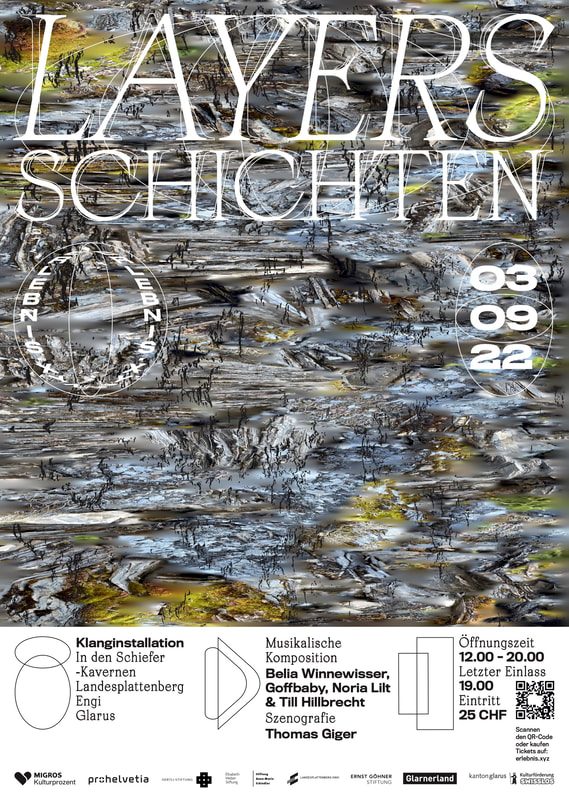
The Landesplattenberg is a former slate mine near the village of Engi (Glarus). The mine was first mentioned in a document in 1565 and was in operation until 1961. Nowadays, guided tours are offered, however a comprehensive artistic presentation of this vast mine has not yet taken place.
Through the interplay between sound, the natural environment of the mountain's core and the scenography created by Thomas Giger, the visitors will have the opportunity to enjoy this unique experience. Featuring four new works commissioned and composed especially for the Landesplattenberg by the artists Belia Winnewisser, Goffbaby, Noria Lilt and Till Hillbrecht.
Their compositions are based on the Glarus Zither. The traditional Glarus instrument, which is still played exclusively by women, and have no standardized string tuning. The instruments started to be built by female players themselves in the early 19th century. Thus the different zither groups each have their own instrument tunings.

For "Schichten/Layers" each of the four composers also develops their own tuning: each one of them creates a new piece of about 20 minutes in tuning of their own choice - all tones together form a four-part harmony. The composers are free in the musical realization of the pitch: their works must be limited to only one pitch, which they determine themselves. The four-part harmony is layered individually: Composer A defines a tone; this is passed on to composer B, who layers a tone on top of it. This tone is passed on to composer C, and so on. In this way, the four composers build their own zither. The music plays simultaneously in loops at specific locations on the Landesplattenberg. Once the sound undulations are released, they put the mountain under an enchantment that will add layers to this magical place that were once removed by hard manual labor.

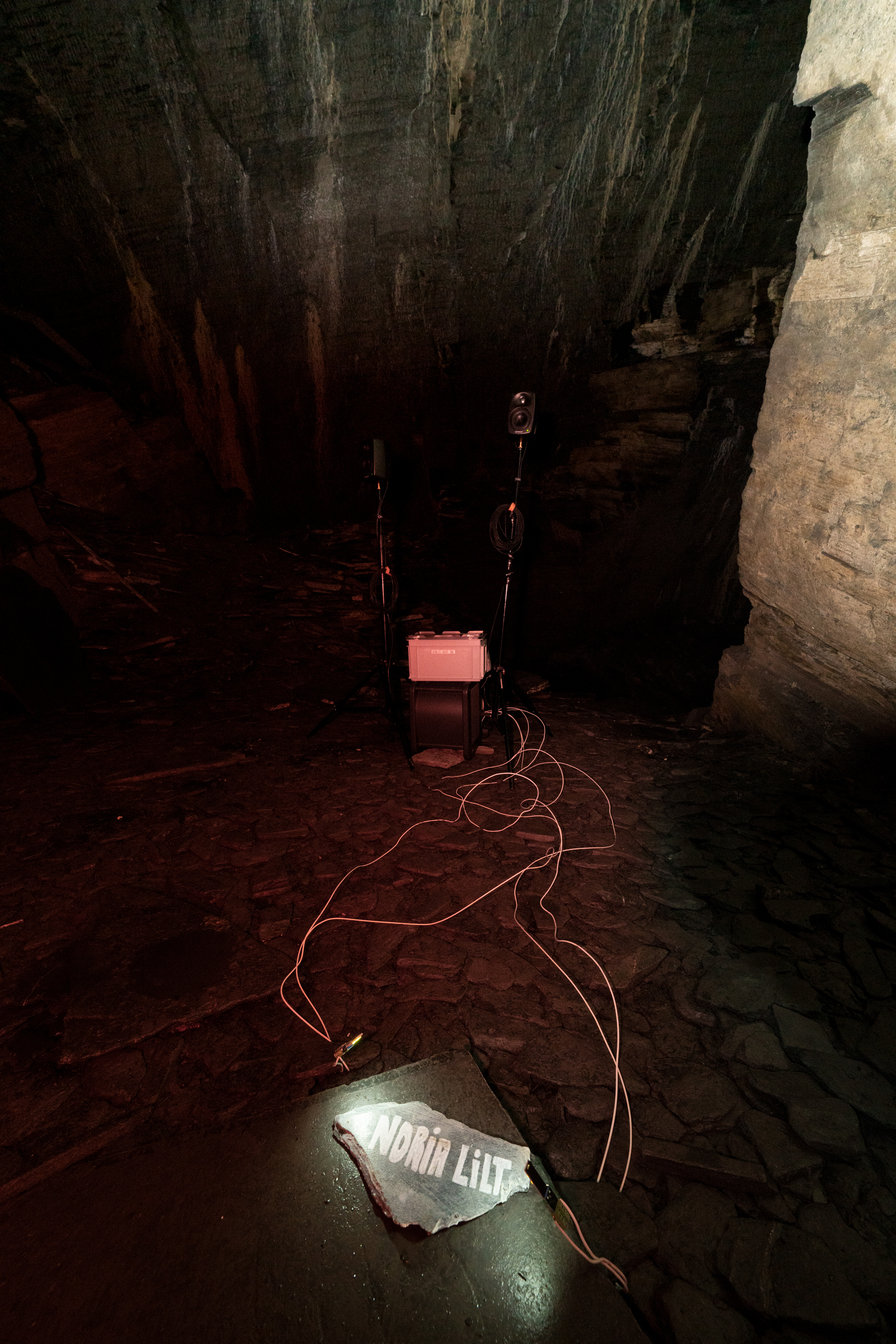
With the additional support of Kanton Zürich Fachstelle Kultur, Landis & Gyr Stiftung
︎︎︎ FULMINE
Masticata EP
EP co-production
March 18, 2025
Original Soundtrack Lyrics & Vocals
REBECCA SOLARI
Co-production
NORIA LILT
MASTERING
REA DUBACH
Instruments
VERONICA MERCADO
ALICE OECHSLIN
CEDRIC BLASER
NELSON SCHAUB
GAËL KYRIAKIDIS OLIVIER VERLEYE
Graphic Design
ÁRON LŐDI
Picture
MASSIMILIANO ROSSETTO
Outfit
ANNA REUTINGER
